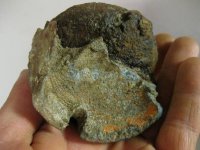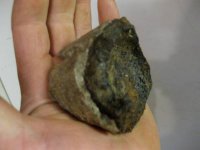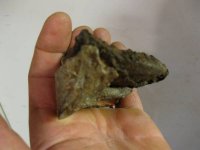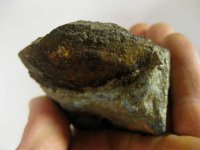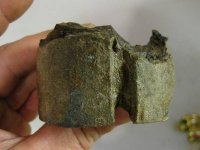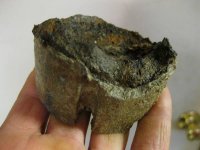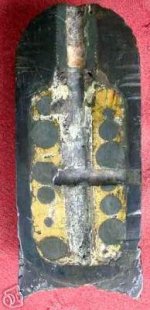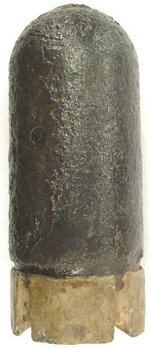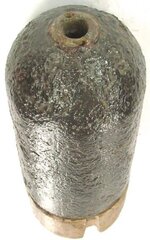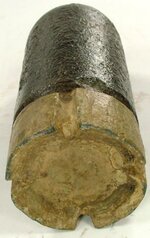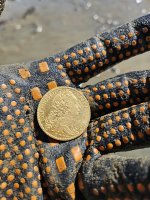bearbqd
Bronze Member
- Jun 20, 2007
- 1,094
- 624
- Detector(s) used
- Minelab EXP II w/ Sunray X-1 probe, Garrett AT Pro/Propointer
- Primary Interest:
- All Treasure Hunting
Ok, I know this is difficult without pics but my camera battery is charging. I found what I believe with 90 percent certainty is part of a Hotchkiss shell with lead sabot still intact. It was found 14 inches down in a battle site. The only thing weird about it is the bottom of the lead sabot seems to have neon orange paint remnants. How is this possible? There would be no reason for paint as it was attached to the bottom part of the shell. Second, was neon paint even invented? What the heck?? I'll post a pic as soon as battery charges.
Ok, here's the pics:
Ok, here's the pics:
Attachments
Upvote
0


